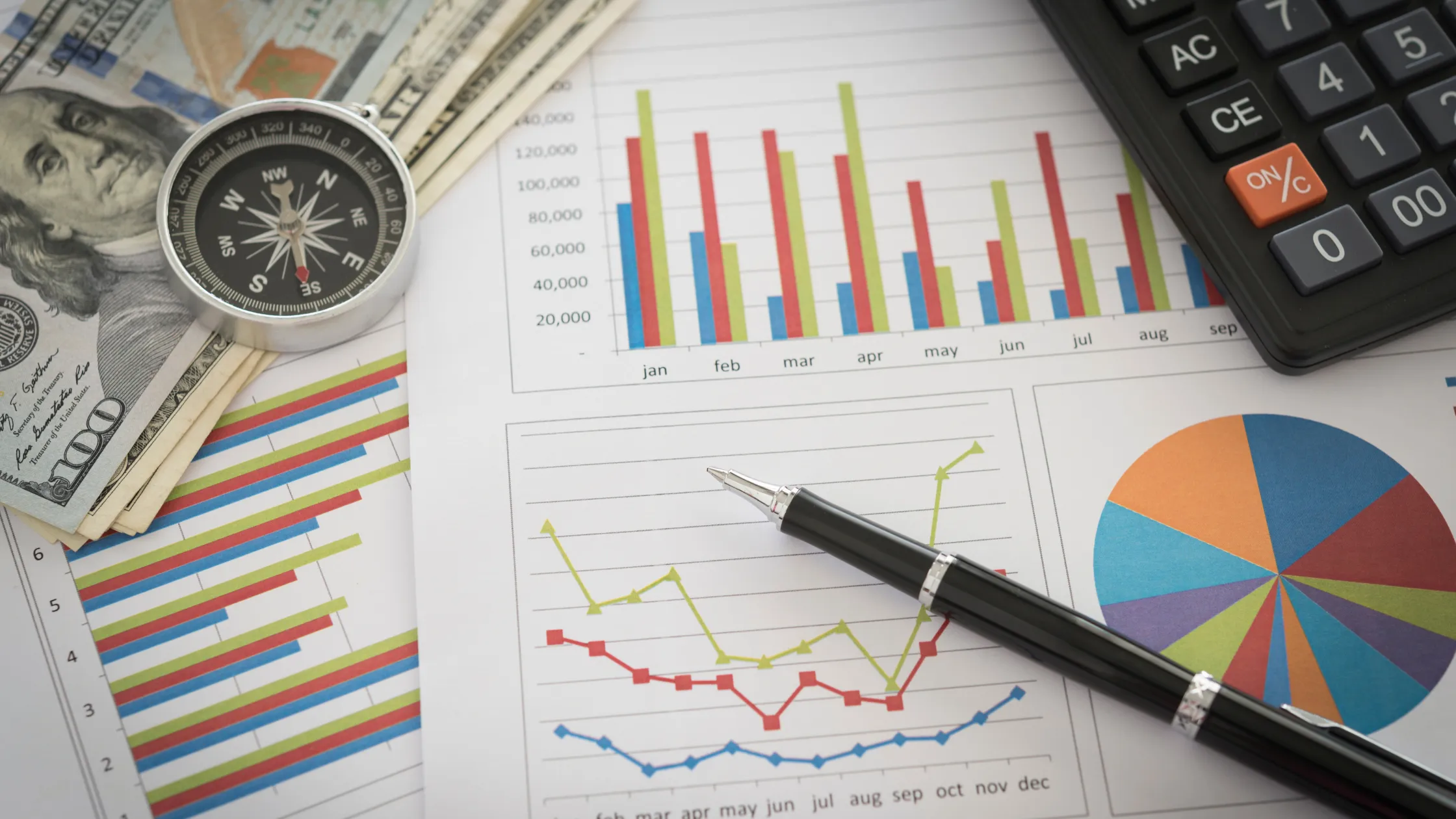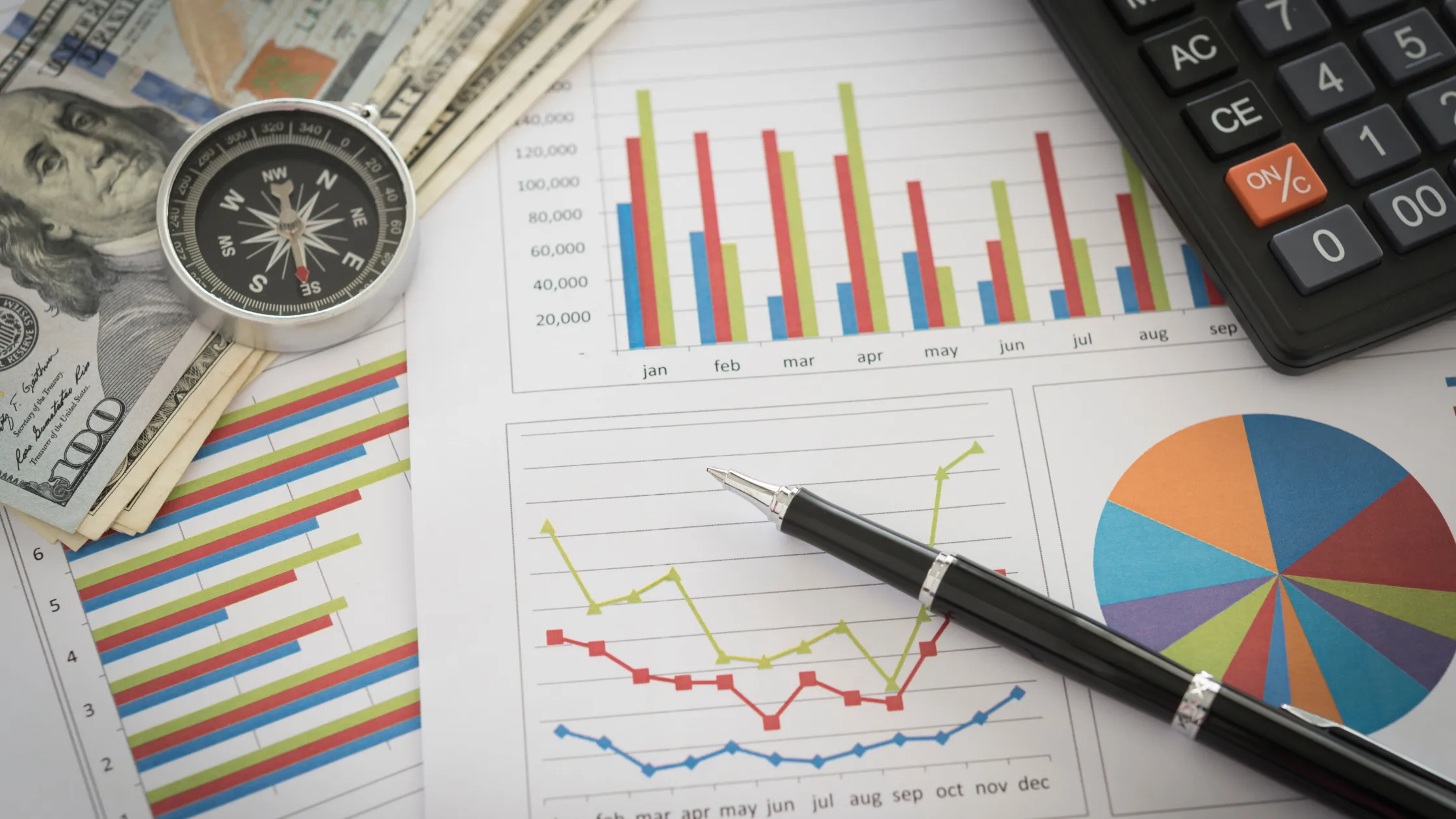Financial Minimalism: Living Better While Spending Less

THE financial minimalism It's more than a passing fad; it's a philosophy of life that proposes a more conscious relationship with money, prioritizing what really matters.
Advertisements
In a world where consumerism often dictates choices, this approach offers a path to financial freedom and emotional well-being.
But what does adopting financial minimalism actually mean?
How can it transform the way we live?
This text explores the concept, presents practical strategies, inspiring examples, and answers key questions, all with an argumentative and intelligent perspective.
Continue reading:
What is Financial Minimalism?

THE financial minimalism It can be compared to a well-planned trail through a dense forest: you choose the simplest path, but one that still takes you to your desired destination.
It's about reducing unnecessary expenses, focusing on priorities, and aligning your finances with your personal values.
++ How to prepare your property for rent
Unlike deprivation, financial minimalism is about making intentional decisions, eliminating the superfluous to make room for the essential.
For example, instead of buying a new car to impress, a person who practices financial minimalism might opt for a used vehicle.
As well as functional and economical, investing the difference in experiences or savings.
This mindset requires self-awareness: what are your true needs? What adds value to your life?
So, financial minimalism is not about living with less, but living with more purpose.
Furthermore, this practice challenges the culture of unbridled consumption.
According to a study by Global Consumer Insights Survey By 2023, 68% of global consumers say they are more likely to buy from brands that reflect their values, such as sustainability and simplicity.
THE financial minimalism aligns with this trend, promoting conscious choices that benefit not only your wallet, but also the environment and mental health.
Benefits of Financial Minimalism

Adopt the financial minimalism It's like cleaning out a cluttered closet: by removing the excess, you make room for what really matters.
One of the main benefits is reduced financial stress.
++ Inherited property: legal and financial precautions
When you spend less on unnecessary items, you have more money left over for emergencies, investments, or meaningful experiences like traveling or learning something new.
In this sense, this financial freedom creates a sense of control and security.
Furthermore, another benefit is the positive impact on mental health.
The pressure to keep up with trends or show off on social media can lead to anxiety and dissatisfaction.
Financial minimalism, on the other hand, encourages you to appreciate what you already have, promoting gratitude and contentment.
Imagine the peace of mind of not worrying about credit card debt or having to work overtime to pay for things you don't even use.
Furthermore, the financial minimalism can strengthen relationships.
By prioritizing experiences over material possessions, you invest in moments with friends and family, which have much greater emotional value.
For example, hosting a home-cooked dinner with friends instead of spending money at an expensive restaurant creates lasting memories without breaking the bank.
So, financial minimalism not only improves your finances, but also enriches your social and emotional life.
How to Implement Financial Minimalism in Your Daily Life

Implement the financial minimalism It requires planning, but the results are worth the effort.
The first step is to assess your current expenses.
++ Franchise or own business: which is the best choice?
Analyze your expenses from the last three months and categorize them: which are essential (like housing and food) and which are superfluous (like streaming subscriptions you rarely use)?
This analysis reveals patterns and helps identify where to cut without sacrificing quality of life.
Then, set financial priorities based on your values.
For example, Clara, a 32-year-old teacher, realized that she was spending R$ 300 per month on clothes that she rarely wore.
By adopting the financial minimalism, she decided to buy only versatile and durable pieces, reducing her monthly expenses to R$100 and investing the difference in a photography course, her true passion.
This type of decision reflects a shift in focus: from impulsive consumption to personal growth.
Finally, adopt practical tools such as the 50/30/20 method, which divides income into 50% for needs, 30% for wants, and 20% for savings or debt.
Another strategy is the 72-hour rule: wait three days before buying anything non-essential. Often, the impulse to buy will disappear.
These practices, combined with discipline, transform the financial minimalism into a sustainable habit.
Practical Examples of Financial Minimalism

Example 1: John and the Conscious Budget
João, a 28-year-old IT analyst, was frustrated by his lack of savings, despite earning a good salary.
He spent a lot on gadgets and frequent bar crawls. Inspired by financial minimalism, João created a conscious budget.
He cut back on going out to once a week, opting for happy hours at home with friends, and sold electronic devices he no longer used.
With the money saved, he began investing in low-risk funds, increasing his financial reserve by 25% in one year.
João's case shows how small changes can generate big results.
Example 2: Mariana and the Simple Life
Mariana, a 35-year-old freelance designer, decided to embrace the financial minimalism after realizing that he was working excessively to support an expensive lifestyle.
She traded her expensive apartment for a smaller but well-located one and started cooking more at home, reducing her delivery costs by 60%.
With her free time and money saved, Mariana began traveling to nearby destinations, discovering the beauty of simple experiences like camping.
His story illustrates that financial minimalism is not about deprivation, but about finding joy in the essential.
Challenges and How to Overcome Them
Although the financial minimalism is transformative, it is not without its challenges.
A common obstacle is social pressure to consume.
Friends may insist on expensive outings, or social media may make you feel like you need more to be happy. To overcome this, communicate your priorities.
Explain that you're focused on financial goals, like buying a house or traveling.
Most people will respect your choice.
Furthermore, another challenge is the temptation of impulsive purchases, especially during promotions like Black Friday.
One solution is to create a wish list in advance and only buy what is on it, after evaluating the real need.
Additionally, shopping site blocking apps can help prevent distractions.
For example, extensions like StayFocusd limit time on e-commerce sites, reinforcing self-control.
Finally, a lack of motivation can be a hindrance. Staying focused requires remembering why you started.
Create visual reminders, like a goal board (a trip, financial independence, etc.), and celebrate small victories, like paying off debt.
After all, who wouldn't like to live more lightly, knowing that every penny is spent with intention?
Relevant Statistics and Data
According to a report by the Deloitte By 2024, 62% of Brazilians aged between 25 and 40 reported that reducing unnecessary expenses improved their quality of life.
In this sense, this statistic reinforces the relevance of financial minimalism in a context of inflation and economic uncertainty.
Below is a table with practical data for implementing financial minimalism:
| Category | Reduction Strategy | Expected Impact |
|---|---|---|
| Food | Cooking at home 4 times a week | Savings of up to 50% on delivery costs |
| Transport | Using public transport or carpooling | 30-40% reduction in mobility costs |
| Leisure | Prioritize free activities (parks, museums) | Savings of up to 70% on entertainment |
| Shopping | Adopt the 72-hour rule for non-essential items | 20-30% reduction in impulse purchases |
This table serves as a starting guide for those who want to get started.
Adjust strategies according to your needs and monitor results monthly.
Frequently Asked Questions about Financial Minimalism
Below is a table with clear answers to the most common questions about the financial minimalism, helping to clarify myths and doubts:
| Question | Response |
|---|---|
| Does financial minimalism mean living in deprivation? | No. It's about spending intentionally, prioritizing what adds value to your life. |
| Can I adopt financial minimalism on a low income? | Yes. The focus is on optimizing what you already have, regardless of the value. |
| How to convince the family to adopt this practice? | Show the benefits, like more financial freedom, and start small. |
| Is it possible to maintain a social life while being a minimalist? | Yes. Prioritize low-cost experiences, like home dates or free tours. |
Why Choose Financial Minimalism?
In a world that values “having” over “being,” the financial minimalism it is a silent rebellion.
He invites us to ask: why do we keep buying things we don't need, to impress people we don't know?
This philosophy not only protects our finances, but also frees us to live according to our deepest values.
Furthermore, the financial minimalism is sustainable.
By consuming less, we reduce our ecological footprint, contributing to a healthier planet.
Imagine the impact if more people adopted this mindset: less waste, more resources for causes that truly matter.
Ultimately, financial minimalism is an invitation to authenticity.
He challenges us to find joy in the little things—a coffee with friends, a borrowed book, a sunset in the park.
By simplifying finances, we discover that true wealth lies in the freedom to live a full life, without excess.
